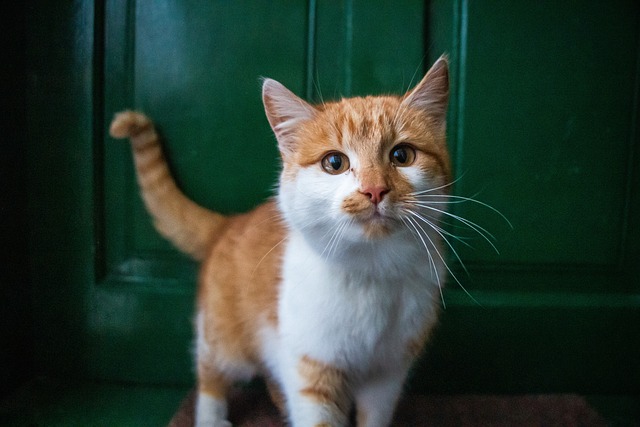Liverpool's maritime history has fostered a distinctive jewelry tradition, particularly through renowned Liverpool silver. From medieval times to the Victorian era, the city's cultural diversity and trade routes inspired unique design elements and exceptional craftsmanship in this precious metal art form. Today, antique Liverpool silver is highly prized for its historical significance and exquisite quality, encapsulating intricate symbolism like floral growth motifs, animal representations, and historical marks. These pieces serve as tangible links to Liverpool's vibrant past and display the enduring beauty of precise detailing and ornate patterns unique to the city's silver craftsmanship.
“Uncover the enchanting world of antique Liverpool silver jewelry, where history meets craftsmanship. This article takes you on a captivating journey through time, exploring the rich heritage and intricate details of Liverpool’s silver legacy. From elegant designs to symbolic meanings, each piece tells a story. Delve into the artistic traditions and cultural significance that have made Liverpool silver so prized, uncovering hidden gems and historical enigma along the way.”
- Uncovering Liverpool's Silver Legacy: A Journey Through Time
- The Craftsmanship and Symbolism Behind Antique Silver Jewelry Pieces
Uncovering Liverpool's Silver Legacy: A Journey Through Time
Liverpool, a city rich in maritime history, has also left its mark on the world of jewelry, particularly through its distinctive Liverpool silver. Over centuries, the city’s bustling trade routes and cultural diversity have influenced the design and craftsmanship of this precious metal, creating a unique legacy that captivates collectors and enthusiasts alike. Uncovering Liverpool’s Silver Legacy is like navigating through a symphony of time, where each piece tells a story of the past.
The journey begins with the medieval period, when Liverpool emerged as a thriving port, attracting skilled artisans from across Europe. These craftsmen introduced new techniques and styles, blending them with local traditions to create jewelry that reflected the city’s cosmopolitan spirit. As trade expanded during the Victorian era, Liverpool silver became more ornate, featuring intricate engravings, detailed landscapes, and symbolic motifs that represented both the industry and heritage of this maritime metropolis. Today, antique Liverpool silver is highly sought after for its historical value and exquisite craftsmanship, offering a tangible connection to the city’s vibrant past.
The Craftsmanship and Symbolism Behind Antique Silver Jewelry Pieces
Antique silver jewelry pieces, like those crafted in Liverpool, are more than just ornamental objects; they encapsulate intricate craftsmanship and rich symbolism. Each piece tells a story through its design, reflecting the cultural, social, and historical context of its time. The artistry involved in creating Liverpool silver often includes delicate engravings, ornate patterns, and precise detailing, all of which contribute to their enduring beauty.
The symbolism embedded in these jewelry items varies across cultures and eras. Common motifs include floral designs symbolizing growth and renewal, animals representing strength and power, and geometric patterns reflecting the balance and harmony sought after by societies throughout history. In Liverpool’s case, the jewelry may bear the mark of specific periods or events, such as regal seals or symbols associated with trade, making them not just decorative but also historical artifacts that provide insight into the past.
Liverpool’s rich history is reflected in its exquisite antique silver jewelry pieces, serving as tangible connections to the past. The craftsmanship and symbolism embedded in these treasures offer a unique glimpse into bygone eras. By exploring Liverpool’s silver legacy, we not only appreciate the artistic talent of the time but also uncover the stories and cultural significance that make each piece a true treasure. The allure of Liverpool silver lies not just in its beauty but in the narratives it carries, making it a captivating area of study for both jewelry enthusiasts and historical researchers alike.
